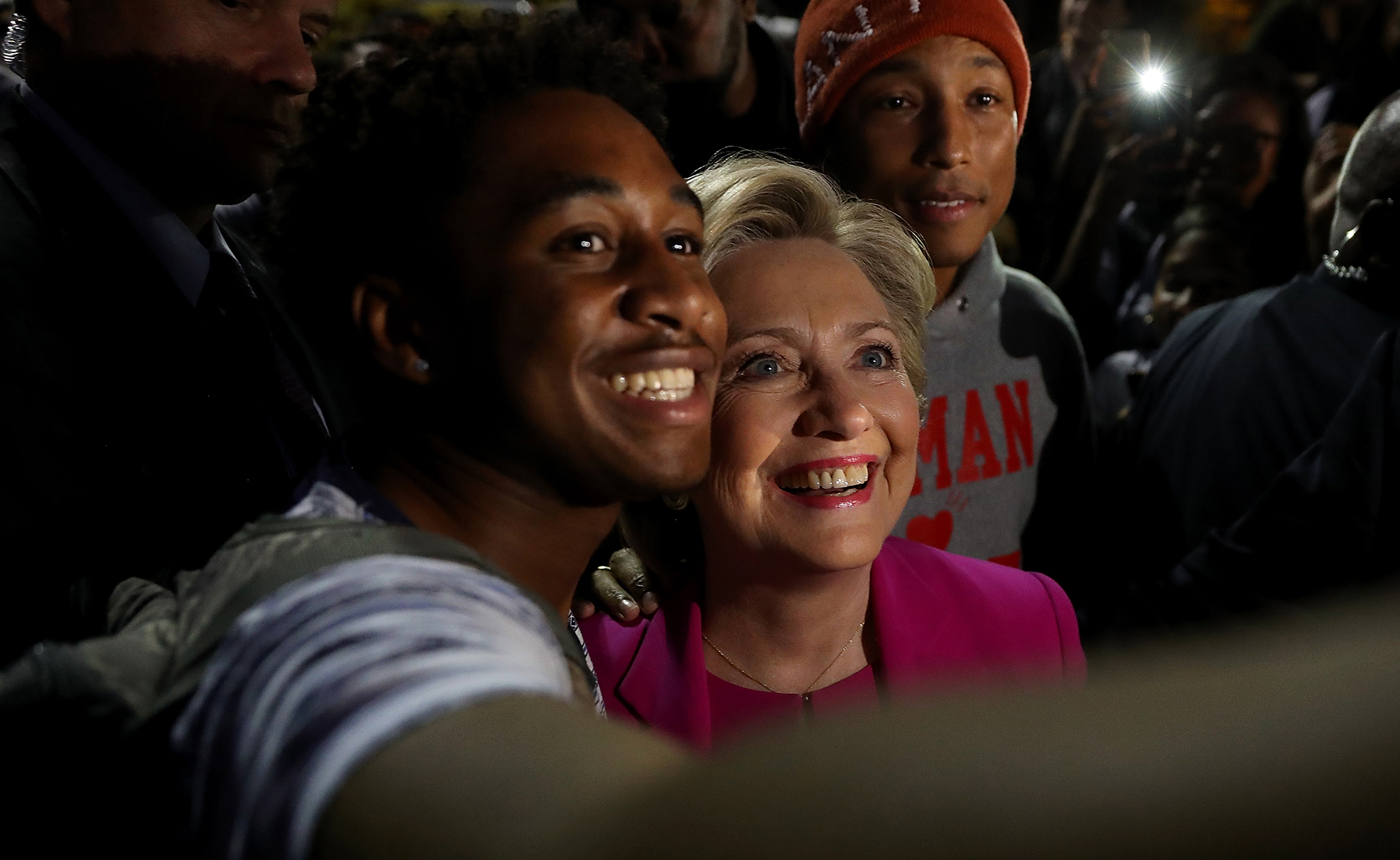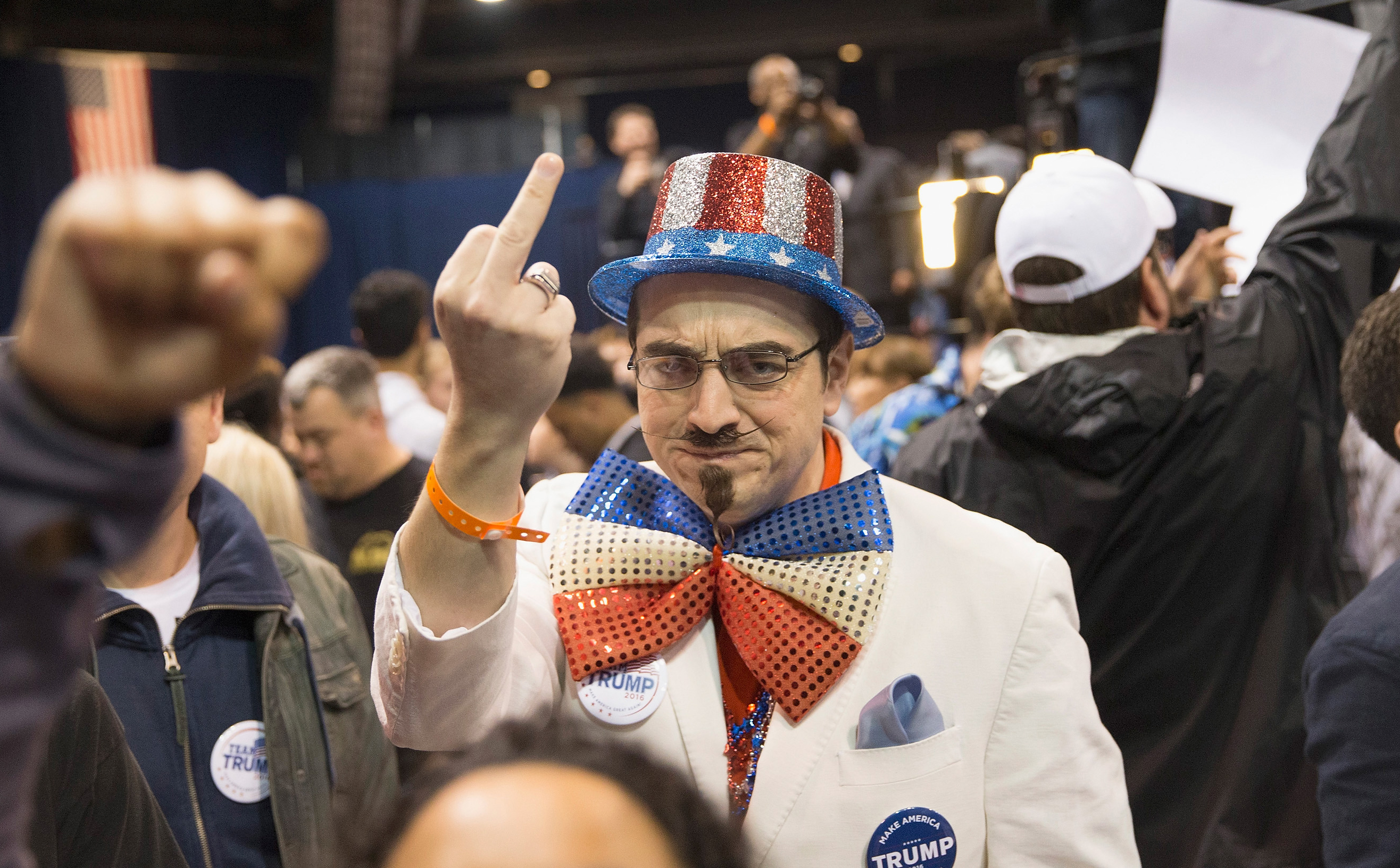Presidential election
Election day is near and photos of people casting their ballots have already started to flow onto social media. But, depending on what state you live in, that voting selfie might be illegal
The polls are in, and what will be the deciding factor in the 2016 U.S. Presidential election is something a little more human.
If Donald Trump’s political strategies look familiar, says Tim Wu, it’s because we’ve seen them before. Where? In the totalitarian regimes of China, North Korea, and Germany.
▸
3 min
—
with


